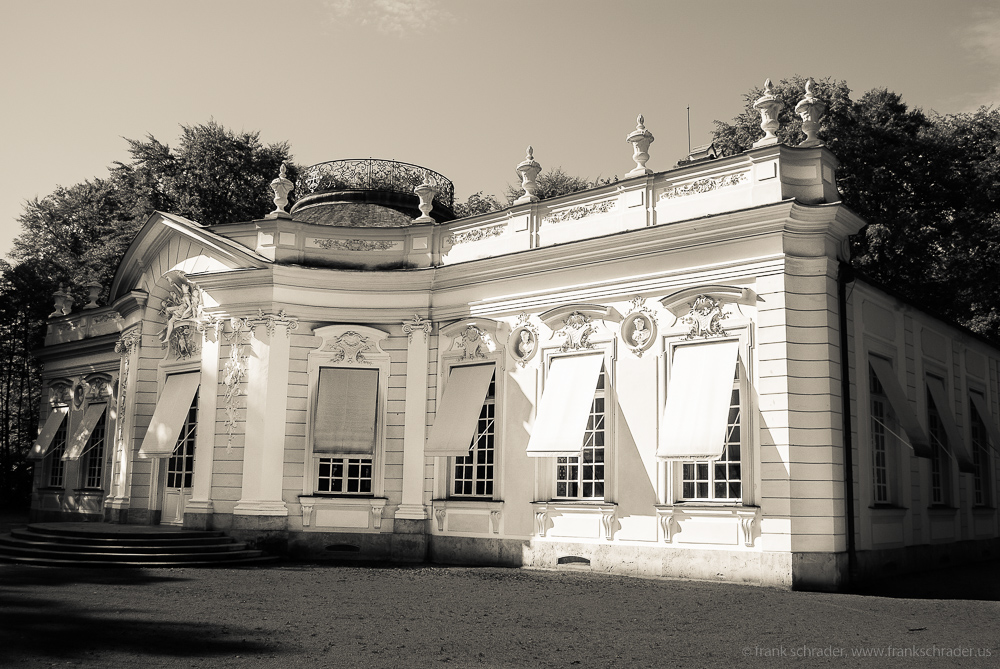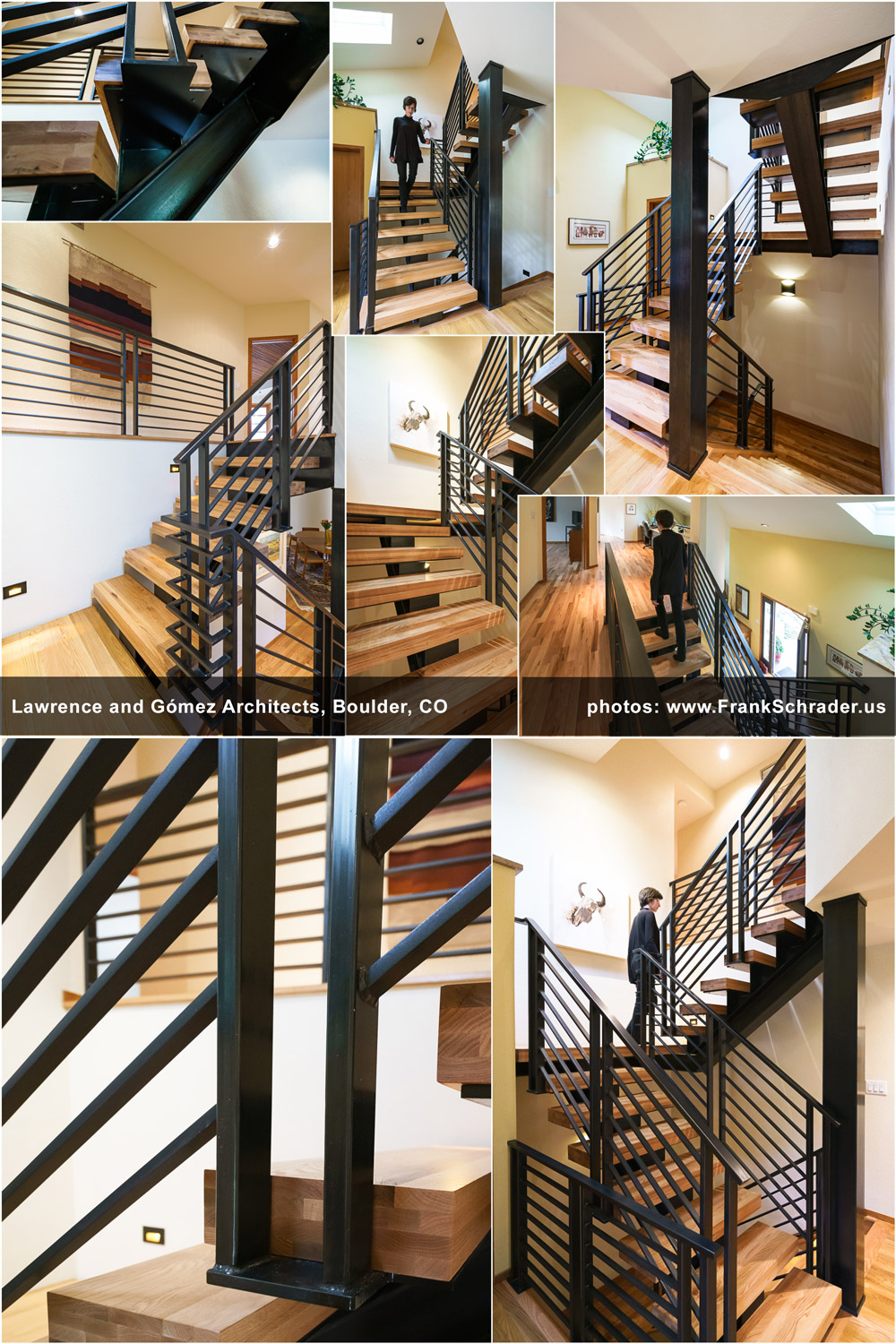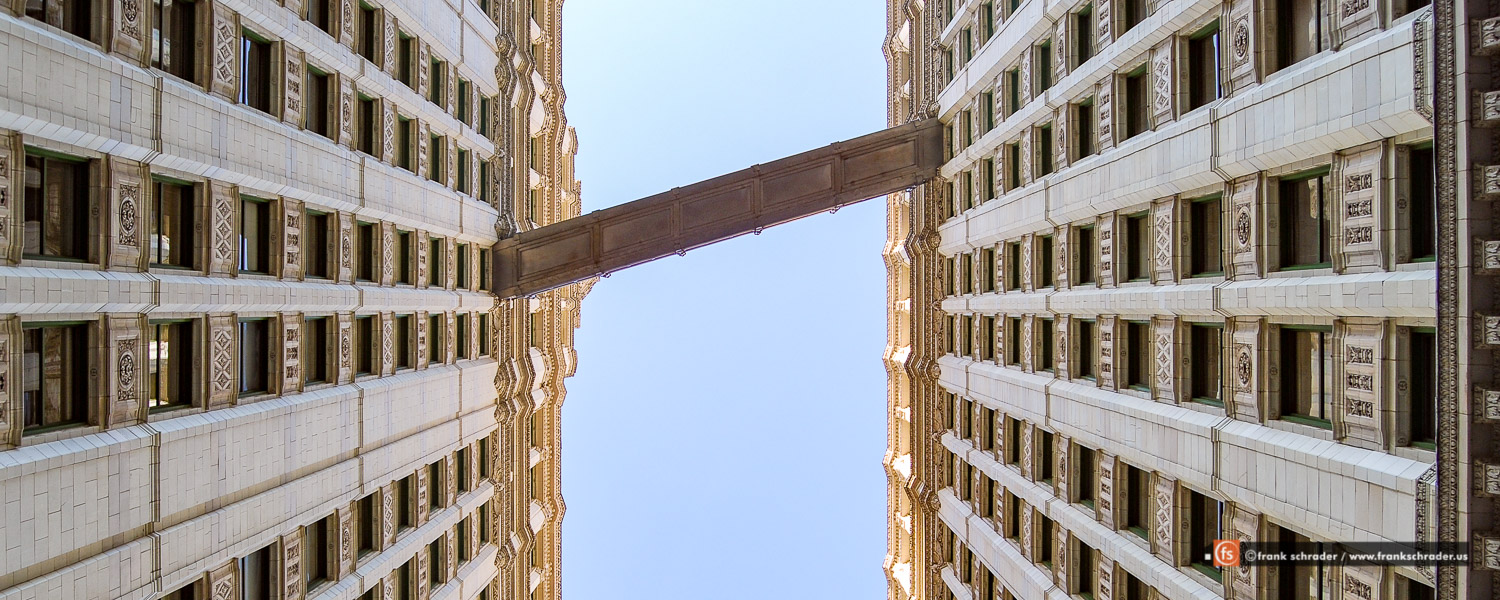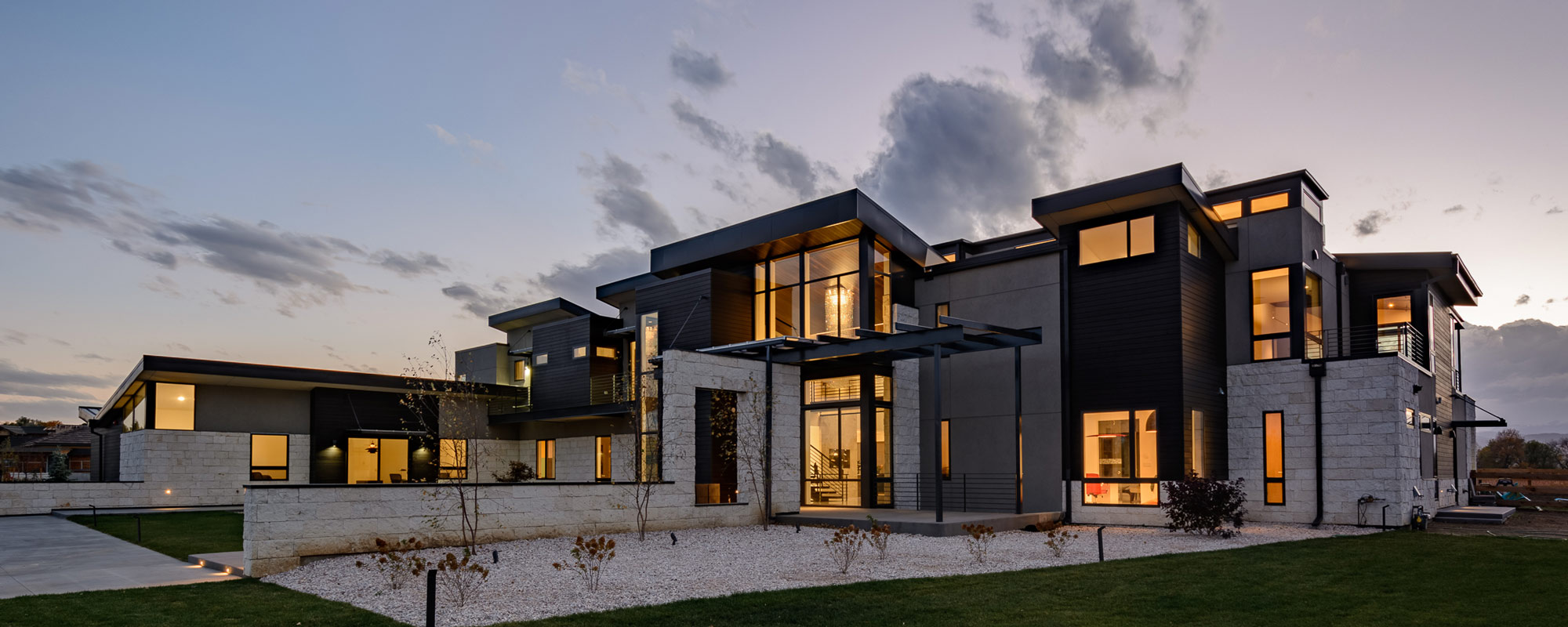As a client (architect, builder, marketing company, magazine, real estate professional, …) you want the photos of the object convey a message. A photographer needs to know as much information as possible about the project: it’s goals, the publishing medium / media and much more.
Here’s a brief checklist:
- a shot list is a great helper for client and photographer – it should include the must-have shots (interior, exterior, detail shots) and the nice-to-have shots. Especially when client’s marketing / sales department or a designer is involved in the subsequent process of using the images it can help not to forget shots that they later will need.
If desired I can also participate in a meeting to discuss details with the stakeholders and project members. - Shot lists can range from super simple (“kitchen”, “Hallway and Staircase”, “Masterbed”…) to detailed like “Masterbed including details of alarm system, fans, floor”, “Kitchen multiple angles”, “Kitchen Undercounter Vac”, … — you’ll get the point! Many of those items are the shots I would take anyway, but some things I might not be aware of, so tell me what comes to your mind. A shot list also avoids that I spend time on areas you are not interested in.
- Hand-in-hand with the shot list items goes the detail information / insider information about the project: number of locations, location address(es), orientation of the exterior sides, “best-light” guess for interior rooms if relevant for shoot, “best-time” for rooms/locations with a view.
Ideal is if you have these information — if not, I am available to do a scouting trip to the locations, but you need to mention that in order for me to prepare a proposal. You can also state that I should just do whatever I can during the allocated time-frame because you have only a limited budget which doesn’t allow to take care of everything. Or you have limited access to the location. That is totally fine. - Timelines / Deadlines / Schedules: please outline your idea of the delivery details with regard to the project’s timeline and possible deadlines. That allows to see how that goes along with my schedule.
- What will you use the photos for? It is important to know because I need to put the photo shoot and expectations into the right perspective. Is the photo for advertising and do you target a certain customer niche, what is the message that shall be conveyed, or e.g. do you intend to create a portfolio. Also, the targeted media format is an important piece of information, I’d like to know if you plan on using them for print or online. Billboards, high-glossy brochures, magazines, et cetera. We can further discuss specifics for the print media and/or arrange meetings with your designer.
- Budget: assuming you have a pre-determined budget… it is good letting me know because my proposal can focus on what I can do for you within that budget and give you an idea about what the options outside the budget would cost. If you do not provide a budget I will base my estimate on your shot list and time needed — we can go from there to upgrade or down-grade.
- If you require an NDA (non-disclosure-agreement) please let me know upfront — there could be a surcharge for that type of project if the NDA relates to the project results (images / video / client name) and I cannot use those projects as references. Don’t confuse NDA requirements with common-sense confidentiality like: I don’t reveal property addresses or certain insider information… you don’t need an NDA for that and if so it is not a problem at all.
- All properties: can you have the place staged in a professional way?
- For commercial facilities: with people or without? Production processes? How would you describe the lighting conditions?
For complex projects a meeting and on-location scouting tour might help to evaluate and discuss all aspects of the project.
RELATED INFORMATION
Read:
Commercial, Architectural photography
Architectural Photography vs. Real Estate Photography — is there a difference?






[…] How to plan and work with your photographer – a checklist of things to think about […]